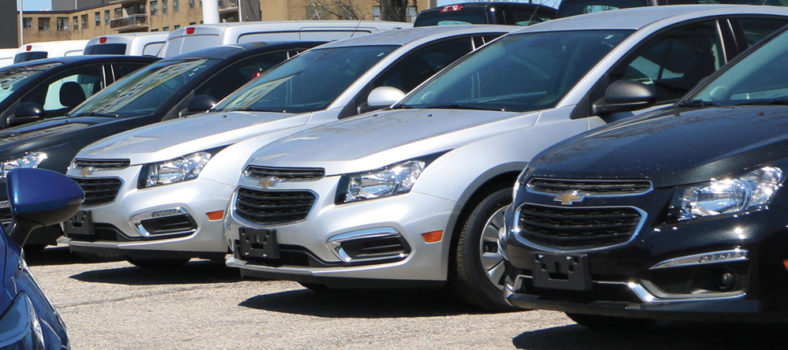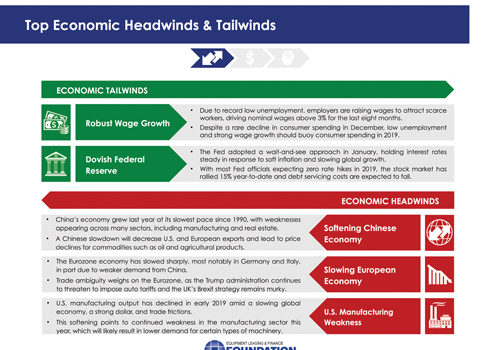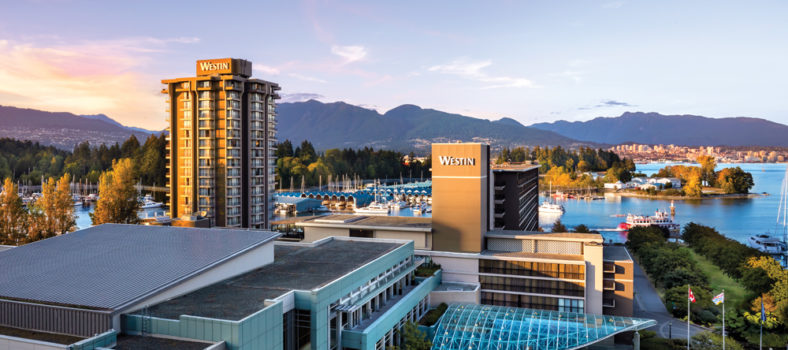 By Bruce Allingham
By Bruce Allingham
Have you ever thought about leasing your equipment? Do you know what questions to ask?
There are many things to consider when choosing between leasing and financing equipment. These include upfront costs, cash flow, maintenance costs and of course tax implications.
You should ask your accountant which choice is better for you. In many situations your dealer or broker may not have even given you an option to lease, and it could be costing you money.
Factors to consider
When looking at leasing, before anything else, check with your accountant to determine if it is an operating lease or a finance/capital lease. The one you choose may be affected by some of the new accounting rules, as each lease is accounted for differently in your financials. Your accountant can help guide you through this process and assess which is best for you.
There are several factors that need to be considered when putting together a lease.
The first, and the most important, is where to set the residual value at. The residual is the end-value of your lease at maturity, or the amount you will have to pay if you want to keep the asset you have leased. It is important for many reasons. If you set the residual too high, and at lease end your asset is worth less, this will put you in a “negative equity” position. This means you will need to come up with some extra cash if you are obligated to buy out the asset at the end of the lease term. If you don’t have the cash you will need to get financing for this amount, which may be difficult because most financial institutions don’t like to lend money against an asset that is not worth the amount they are lending.
Take the time to do some research in determining where you set your residual. Be conservative and be sure your residual is less than what you estimate the value to be at lease end. This should give you some equity, which you could use as a down payment on your next piece of equipment: and also make it easier to sell.
Next, you need to pick the length of term for your lease. Try to set your lease terms in conjunction with the projects you have ongoing and lined up or contracts you have in place. This will enable you to utilize your equipment to its maximum potential. There is nothing worse than making payments on an asset that is sitting idle. Leasing can also give you some flexibility if your business plans change. You may be able to negotiate an early buyout if a project ends, or you could extend or rewrite the lease if you need for an extended period of time.
Finally, there is the big question around interest rates. I would like to say who cares but I know it is everyone’s favourite question. Interest rates are most likely going to be higher on a lease, but a lease payment could actually be less (remember the residual), which could help your bottom line.
If you are comparing lease quotes there are several things you should know. You need to be aware of all the fees you are being charged. Registration fees and/or monthly administration fees are usually added to most leases. Don’t be afraid to ask. You need to know what the interest rates are. A 0.25 per cent rate change on a $100,000 lease over 48 months, with a 35 per cent residual, creates roughly a $15 difference—up or down—in your monthly lease payments.
Also take note of the residuals being quoted. The best way to compare lease quotes is simply add up all the payments, plus the residual and any other costs that may be in the lease. The total you get gives you the answer. If you are comparing a lease payment against a finance payment the same thing applies, except you should ask your accountant about cash flow and possible tax advantages to you and your business.
Other leasing need to knows
There are a few other things you may not know about leasing:
You can lease a used asset, whereas most people think you can only lease new products. You may benefit here with lower prices and payments;
If you get to the end of your lease and don’t have the cash to pay the residual out, some leasing companies will rewrite the lease for the residual amount, and if not, there may be other leasing companies out there that would pay out the existing lease and start a new lease with you. This will significantly reduce your payments at that point; and
You can also get a lease with a maintenance component linked to it, which would give a more straight-line or consistent cost to the lease.
Remember, leasing preserves capital and provides flexibility. Because leases have a residual value this means you are never completely amortizing the asset (paying it off fully), which can reduce your cash flow, giving you extra cash at the end of the month, or additional profit. A little added bonus is that when you finance a deal all of the taxes are calculated up front and included, while leases are based on the capital costs before taxes with the tax included as part of the monthly payment.
So, the next time you are looking to acquire an asset, at least take the time to consider leasing the product and make sure whoever you are dealing with shows you this option. This is just a snapshot of the things you need to know and the questions you should be asking if you are thinking about leasing your next piece of equipment. Be sure to discuss it with your accountant to see if it makes sense. It may just save you some money!
Bruce Allingham is the national sales manager at First West Leasing Ltd.(http://firstwestcu.ca/first-west-leasing), managing a growing portfolio of over $180 million. With more than 20 years’ experience in leasing and fleet management, he is always searching for new business development opportunities helping clients achieve their goals.





